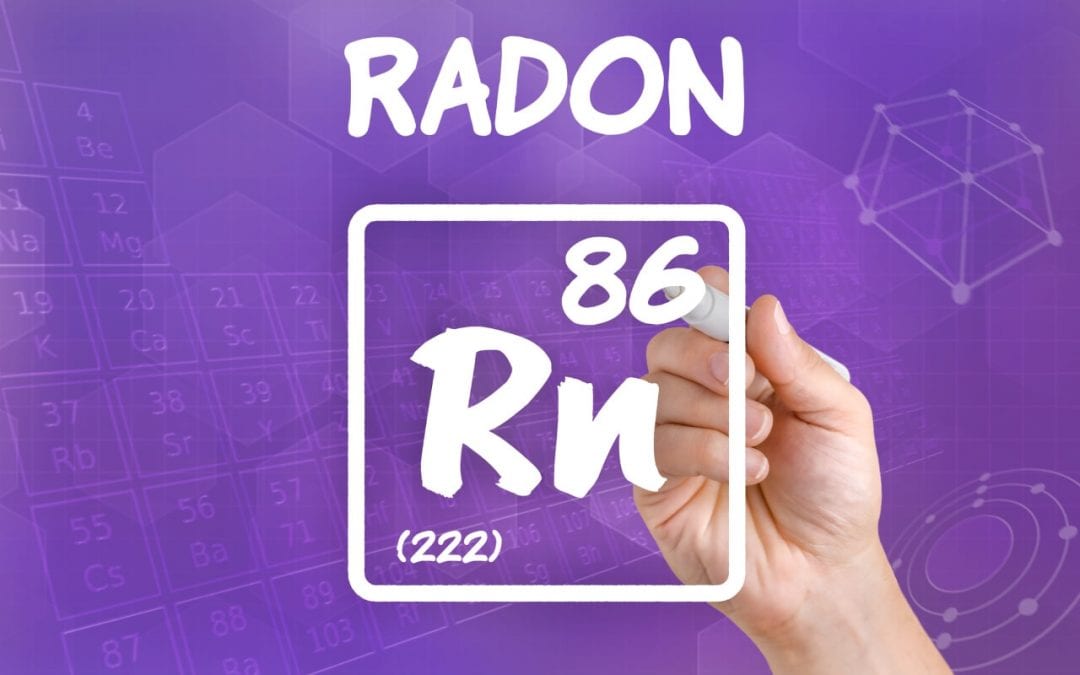Home Radon Testing
Radon gas outdoors is not dangerous, but when it enters your home through basement floors, joints in walls, or cracks in the foundation, it gets trapped. Because of the enclosed nature of a home, concentrations of the gas can rise to dangerous levels. Since levels of radon fluctuate, professionals generally test at least twice before making any recommendations. A test is performed based on a measure called picocuries per liter, or pCi/L. Levels at or above 4 pCi/L are considered dangerous.
Some professional inspectors use continuous monitors to test for radon gas. Others use activated charcoal test kits or electret measurement devices. Calibrated, correctly placed, and interpreted by a trained professional, these methods to test for radon give accurate results.
Mitigating Radon in the Home
Homeowners shouldn’t depend on DIY fixes like sealing cracks in the foundation and improving ventilation to eliminate radon. Use a qualified professional to determine if you need to have a radon mitigation system installed. This system involves properly sealing cracks and installing a pipe and fan to funnel the gas from beneath your home and vent it to the outside. Your state radon office can provide you with a list of qualified providers in your area.
The cost of a radon mitigation system varies according to the region and home size, but the price is well worth the peace of mind. Your service provider will likely perform another test after the mitigation system is installed. Make sure your home remains safe from high radon levels by ordering a test every year.
Radon Testing For New Construction
If you’re having a new home built, be sure your contractor installs radon-resistant features. Plastic sheeting and gravel below the foundation, properly sealing cracks, and installing a vent pipe are some of the measures that keep your home safe from radon gas. After construction is complete, order a radon test to make sure levels are acceptable. A mitigation system should be installed if necessary.
Home Inspectors of Columbus offers professional radon testing and other home inspection services to the Chattahoochee Valley in Georgia and Alabama. Contact us to request an appointment.

